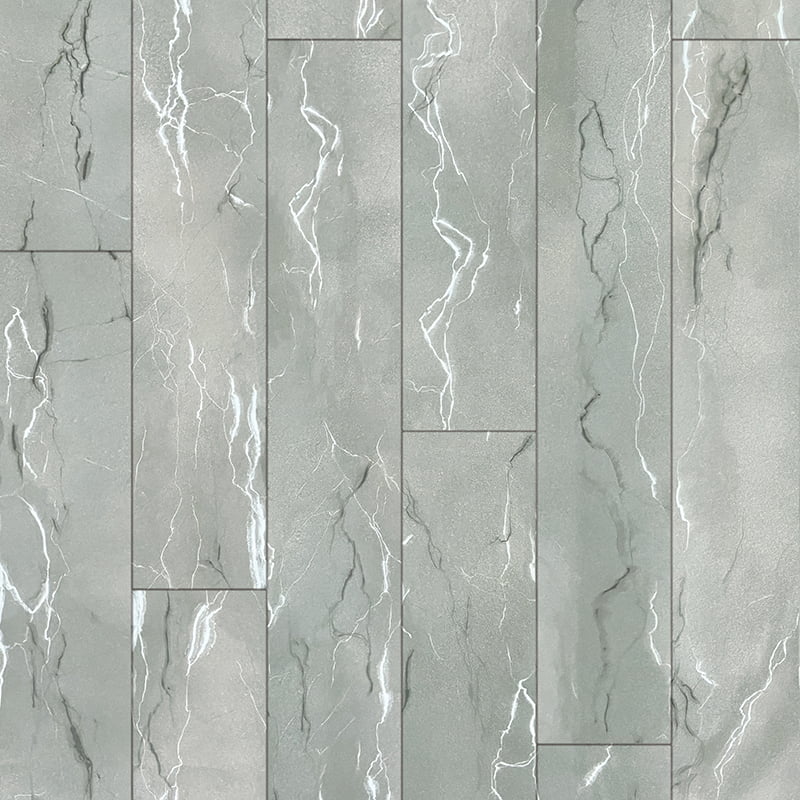Decor film is a versatile and innovative material that has revolutionized the fields of interior design and architecture. Also known as architectural film, self-adhesive film, or decorative laminate, decor film offers an efficient and cost-effective alternative to traditional renovation methods like painting, veneering, or replacing surfaces. This material consists of a thin, flexible polyvinyl chloride (PVC) or polyester layer with a high-quality aesthetic finish and a strong adhesive backing. The wide range of available patterns, textures, and colors makes it a popular choice for both residential and commercial projects.
The primary advantage of decor film lies in its incredible versatility. It can be applied to almost any smooth, non-porous surface, including walls, furniture, doors, ceilings, and columns. This flexibility allows designers to transform spaces without the mess, cost, or time associated with demolition and reconstruction.

While decor film can be a DIY project for small applications, professional installation is recommended for large or complex projects to ensure a flawless finish. Installers use specialized tools to smooth out the film, remove air bubbles, and ensure precise alignment, particularly with patterned films. The adhesive backing is strong, providing a long-lasting bond that resists peeling and bubbling.
When properly installed, high-quality decor film is remarkably durable. It is scratch-resistant, moisture-resistant, and easy to clean, making it a practical choice for everyday use. Many modern decor films also have UV resistance, which prevents fading from sun exposure. The material is also fire-retardant, meeting safety standards for commercial and public spaces.
From a sustainability standpoint, using decor film is a great way to reduce waste. Instead of sending old furniture and fixtures to the landfill, they can be given a second life. This approach promotes the circular economy and reduces the consumption of new raw materials.
Moreover, the cost savings of using decor film compared to traditional materials are significant. For example, resurfacing a countertop with a marble-effect film is a fraction of the cost of installing real marble. This makes high-end aesthetics accessible for projects with limited budgets.
In conclusion, decor film is more than just a decorative product; it’s a smart, sustainable, and professional-grade solution for modern design challenges. Its ability to transform spaces quickly, affordably, and with stunning results solidifies its position as a key material in the future of interior and architectural design.